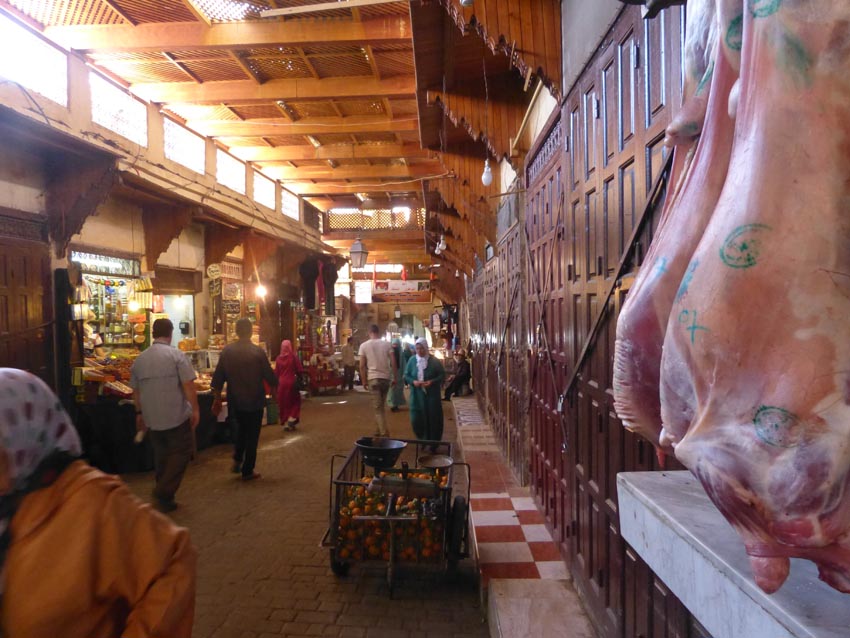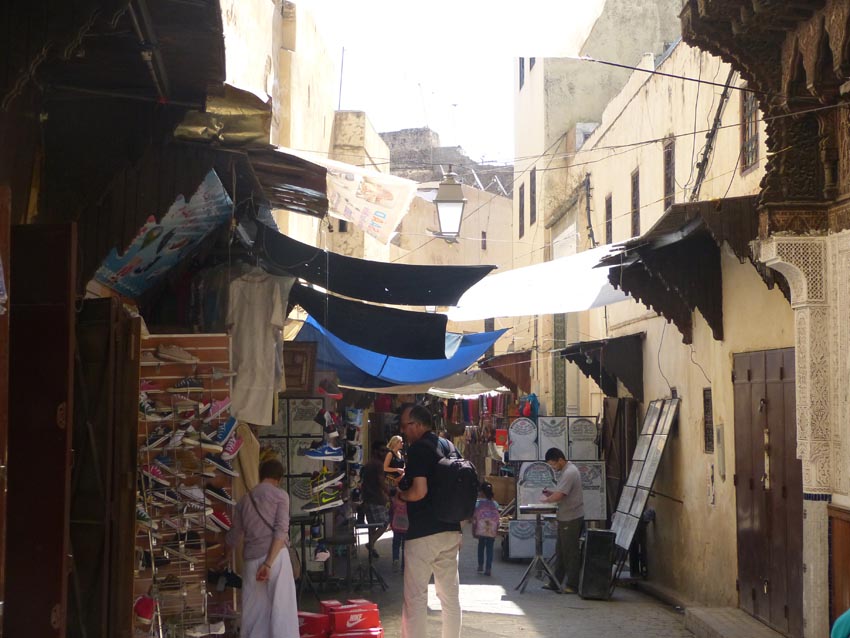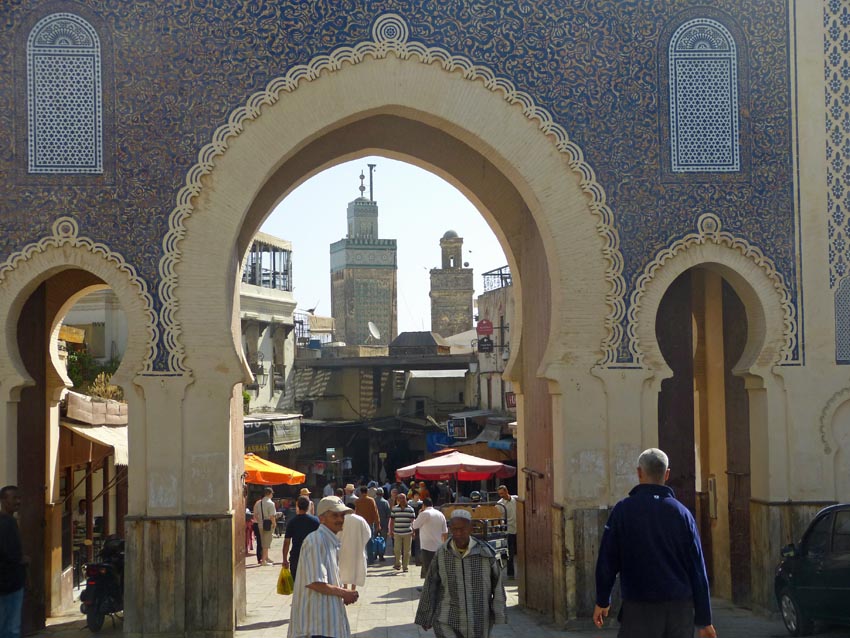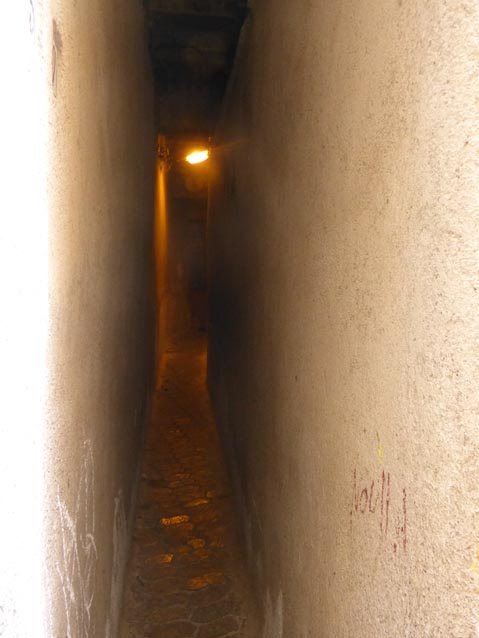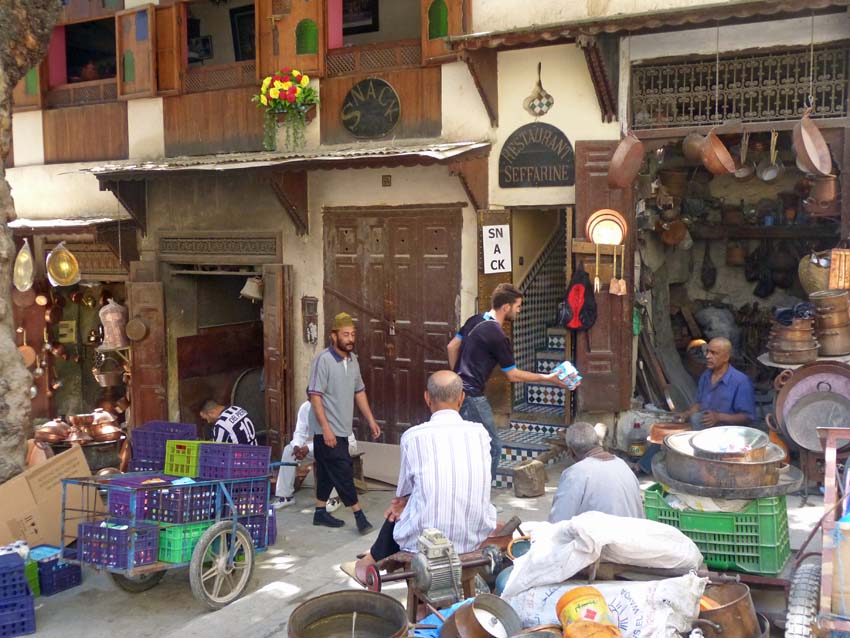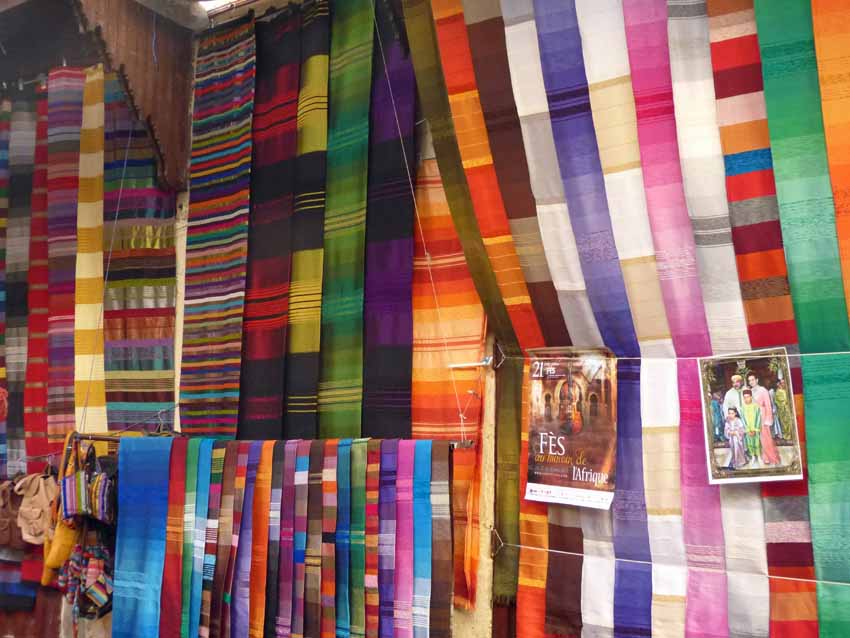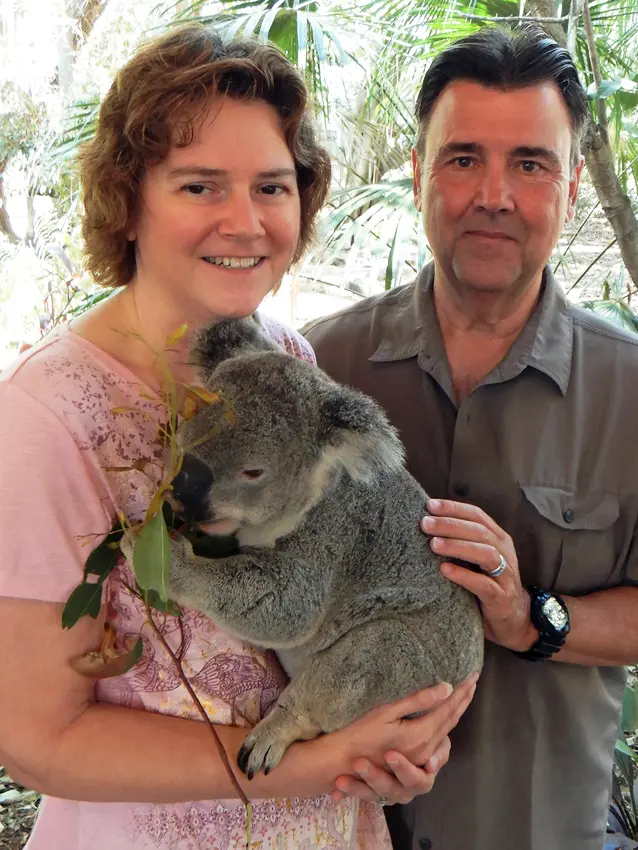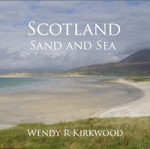Last Updated on August 8, 2018 by PowersToTravel
As a teenager, I had read mystery novels of young women traveling the world, facing danger, solving the puzzles and rescuing their men. Some novels were set in earlier years, during the time of the British Empire, in places to which I would never consider traveling now-a-days. As a diabetic I knew then that I would never survive the fictional adventures, yet I still would dream.
I had read about the souks, the medinas, the mosques of the middle east, and would smell the spices in my imagination. Then came the late ’70s and ’80s with the Iran Hostage affair, and the heightening of tensions and violence against Americans. The souk of my imagination, inherited from the imagination of the earlier British writers, seemed lost, to my generation at least. The dream faded away.
In 2015, the dream was realized. Through intense Internet research I had learned that Morocco, an Arab kingdom on the west coast of Africa, had everything to offer the American traveler. It offered both deep national friendship ties, as well as the traditional Arab experience.
We engaged a guide to take us through the 12th century Fez medina and souk and to show us the historical sites. As we strolled the narrow alleys, we passed the spice vendor, the butcher and the baker. A man selling sneakers sat opposite a gravestone carver. The knife-sharpener’s stall opened just down the alley from the olive merchant.
Little courtyards surprised us at the ends of the alleys. A tree and a fountain bathed in light encouraged us to rest. Each little booth was individually constructed for its unique purpose, and the wares were colorful and aromatic. The narrow alleyways were sometimes wide enough for four to walk abreast, and sometimes only narrow enough for two to squeeze by. Light filtered down through canvas drapes which protected us from the heat. Little children darted unaccompanied and safely around the alleyways.
Our clothing and awestruck gaze announced our tourist status, and we saw other tourists in the alleys, however the souk was clearly a local affair as well. A man with a laden donkey pressed down an alley. My vision reeled with the juxtaposition of ancient tarred, scraped, polished wood stalls, flaking stone and plaster walls and the colorful tiled frescos with ornately carved cedar wood.
We visited a carpet house, the tannery, a tiny Koranic kindergarden. We gazed at the ancient waterclock. An ornately carved door announced a mosque, and we peered into the entrance of the oldest university in the world. We visited the tiny alley next to the home of the Jewish mystic Maimonides, who had lived in the 12th century. I was warmed by the knowledge that the Morocco of the middle ages, and the Morocco of the 20th and 21st century, was a place of Jewish and Islamic respect and cooperation.
All around us the busy market hummed with the daily experience of buying the chicken for dinner, the vegetables and the olives. We saw so much to buy, so eagerly embraced so many bargaining experiences. “O! Je suis desolée. Nous ne sommes pas riches!”
But I felt and continue to feel, so rich in the textures and sounds of a place I never imagined I would ever visit.

